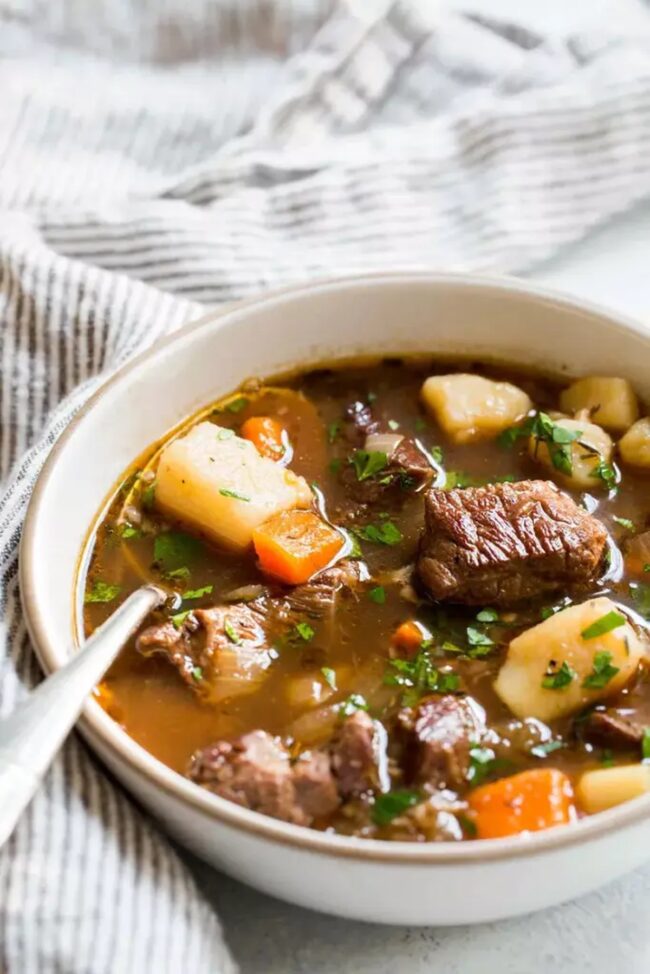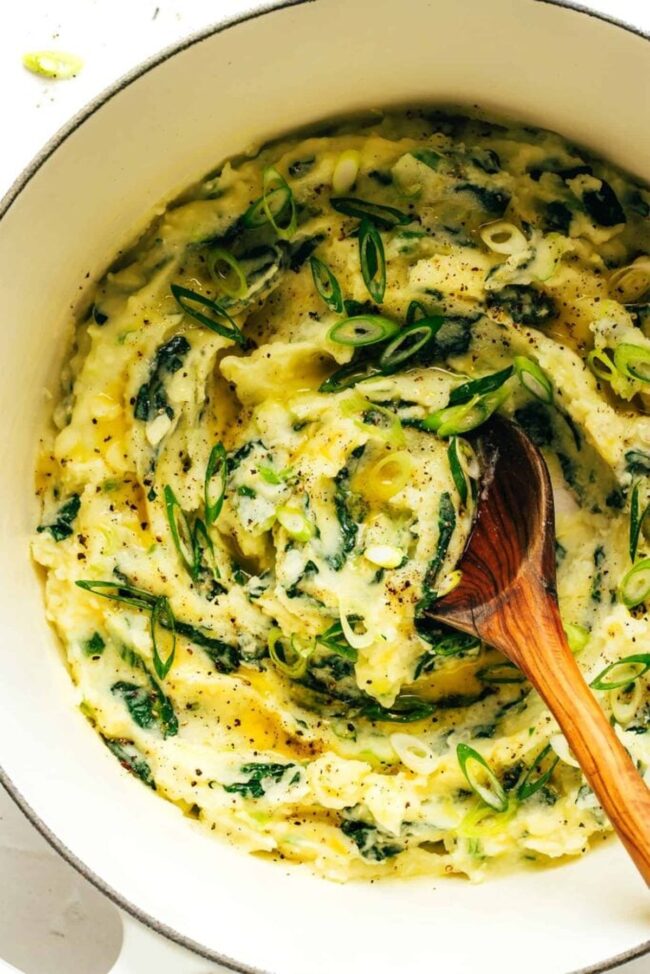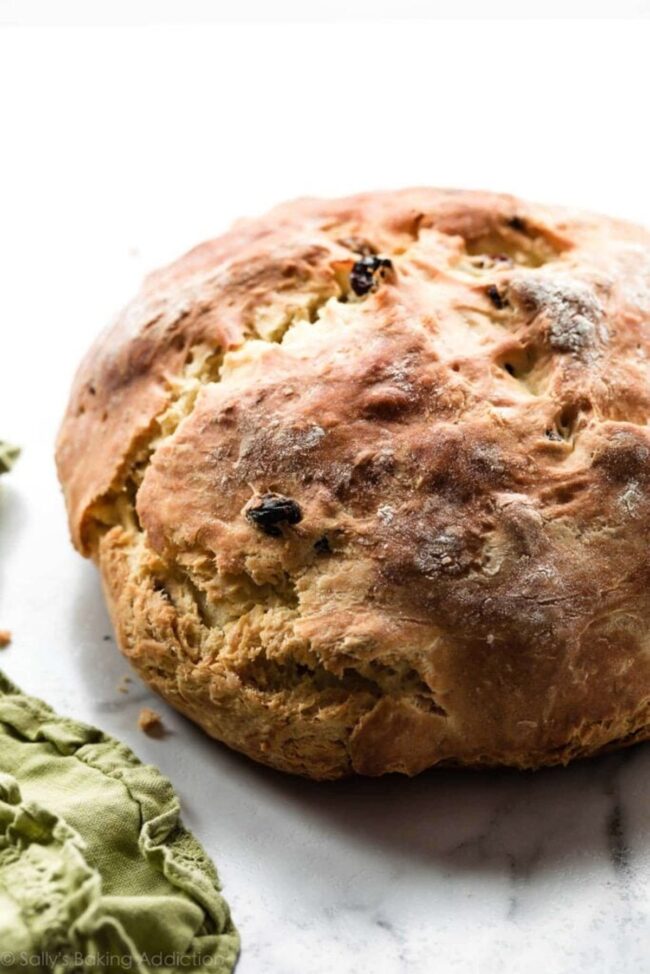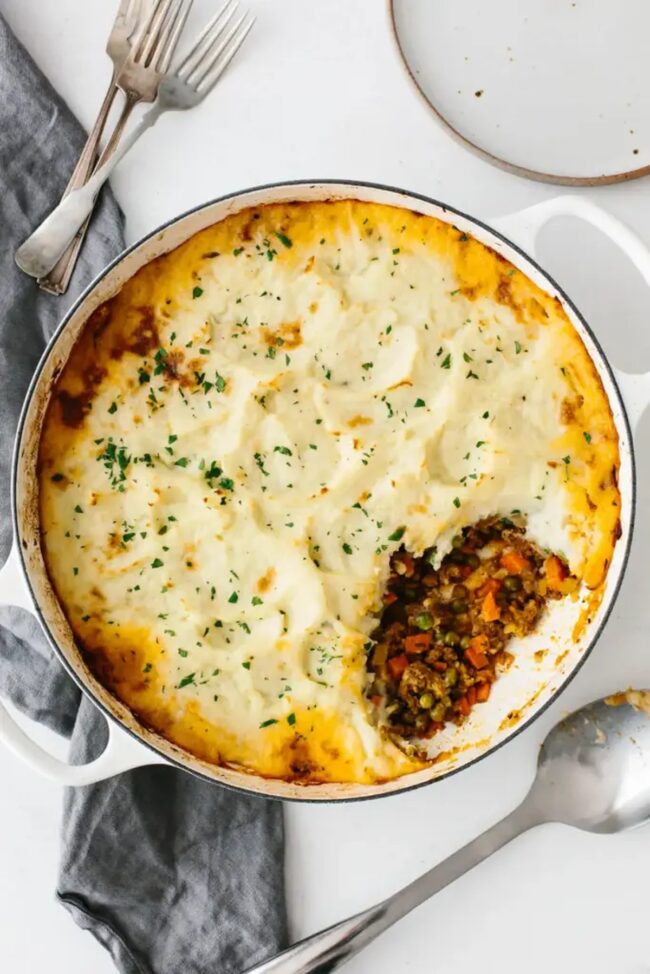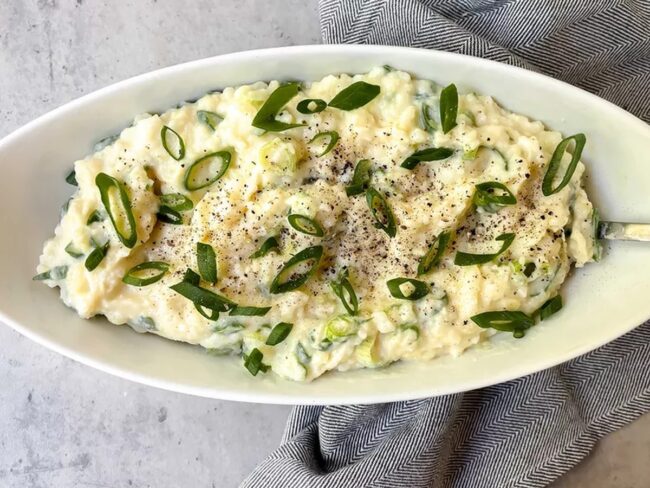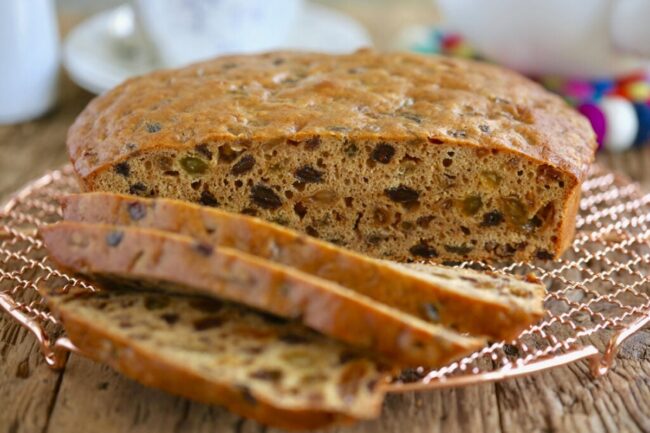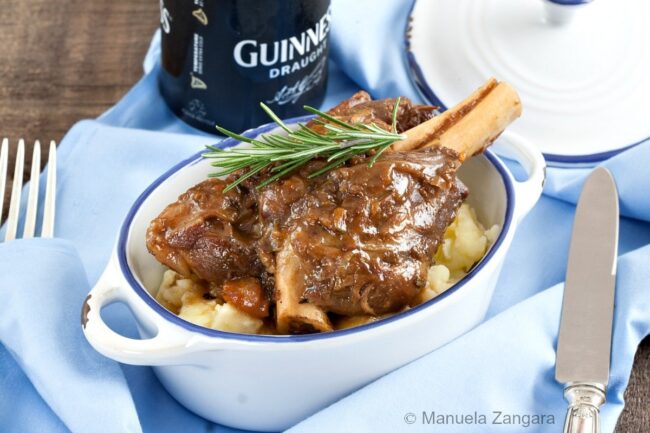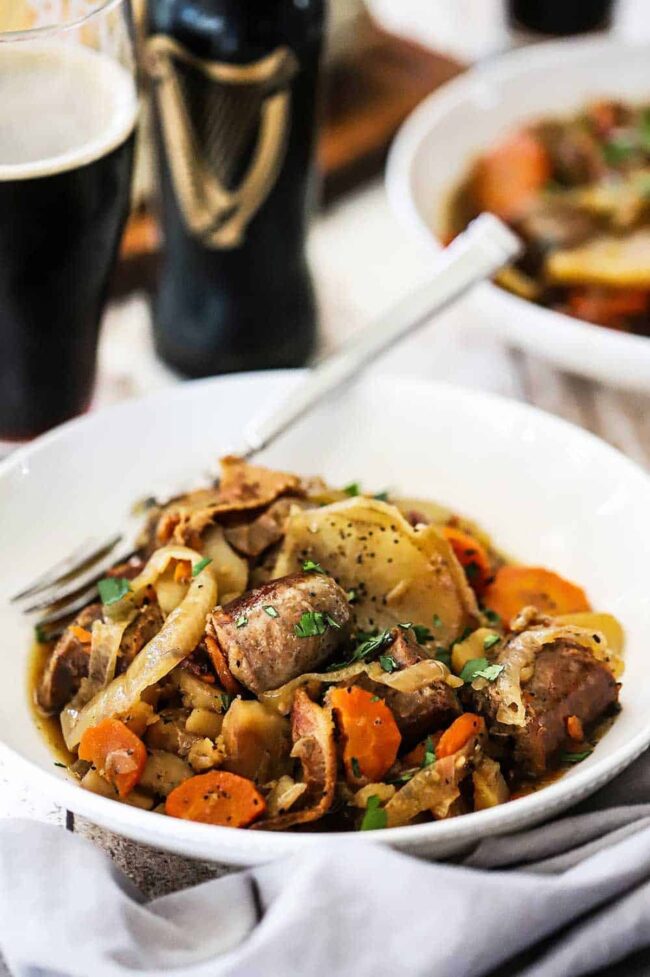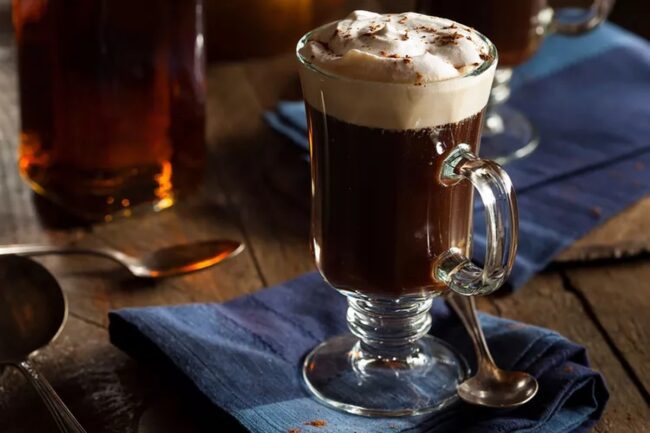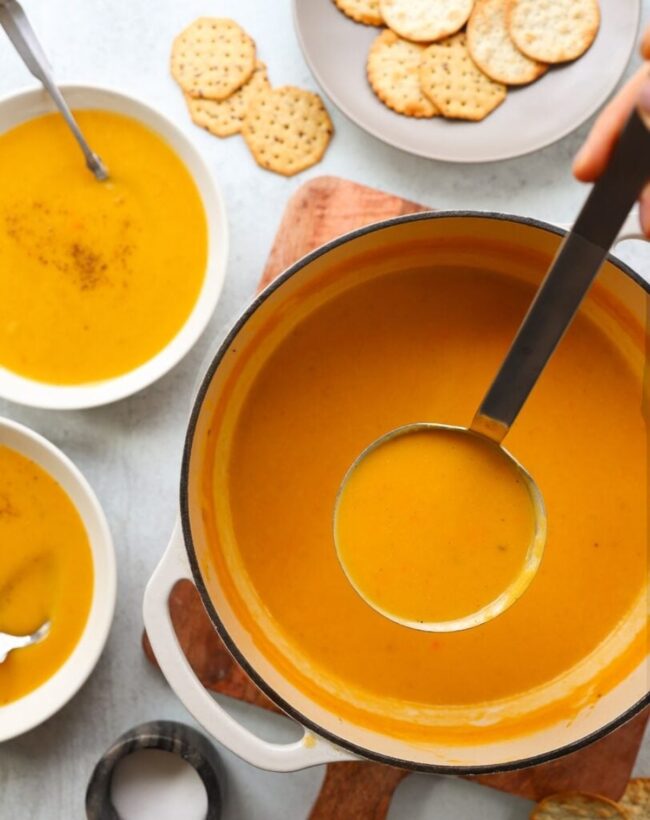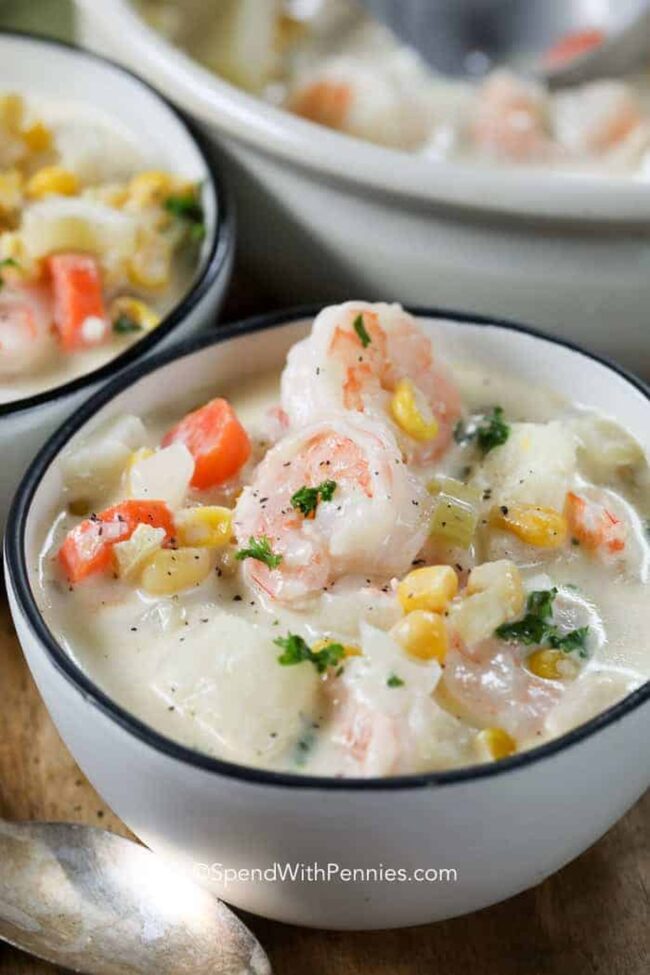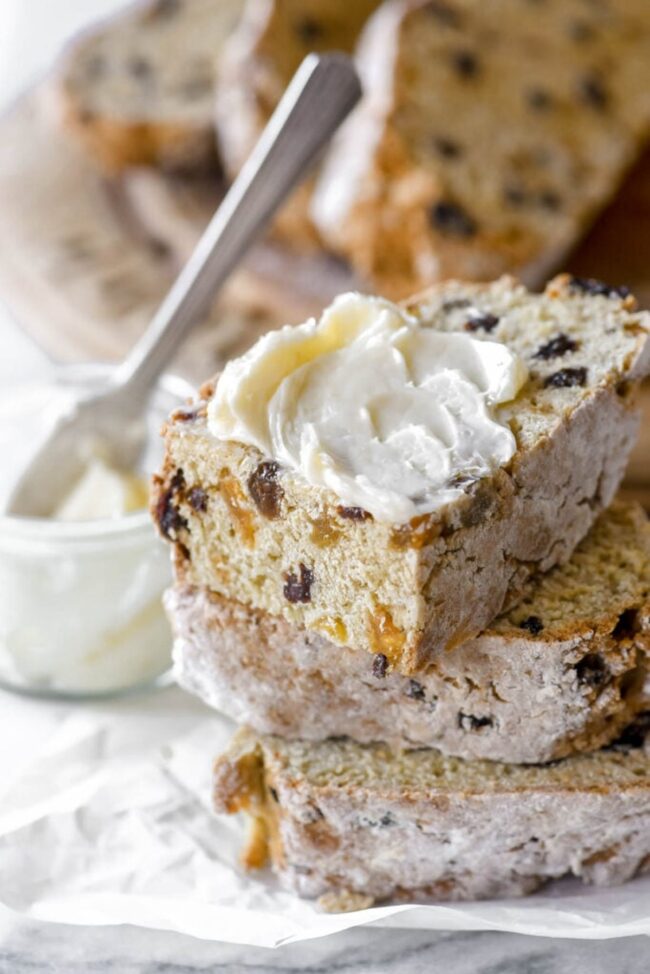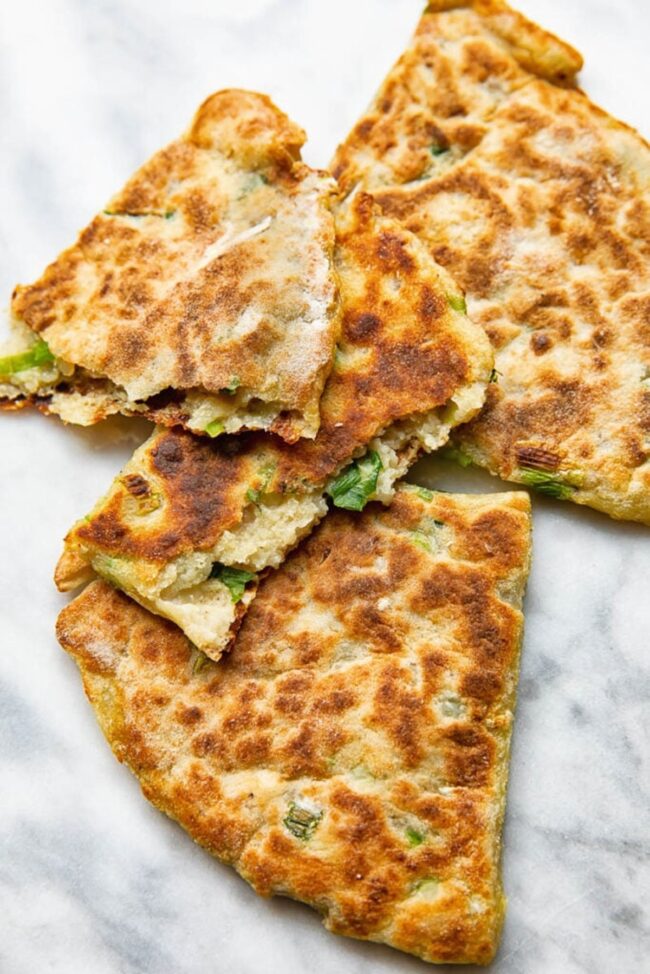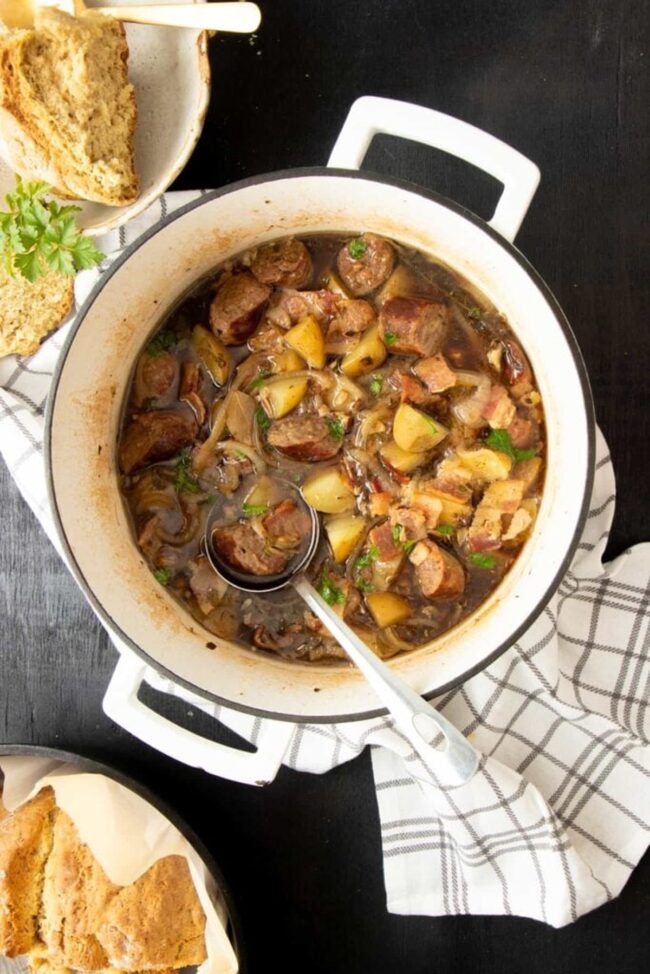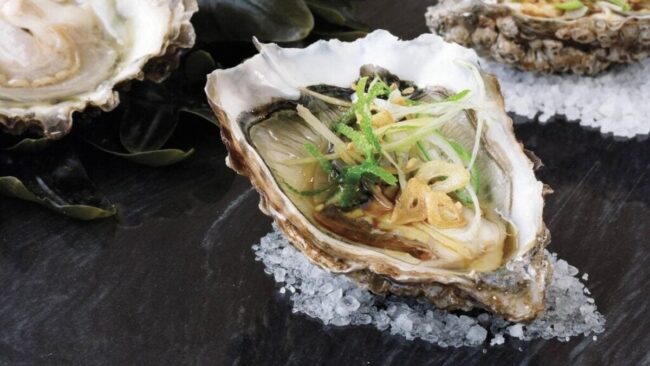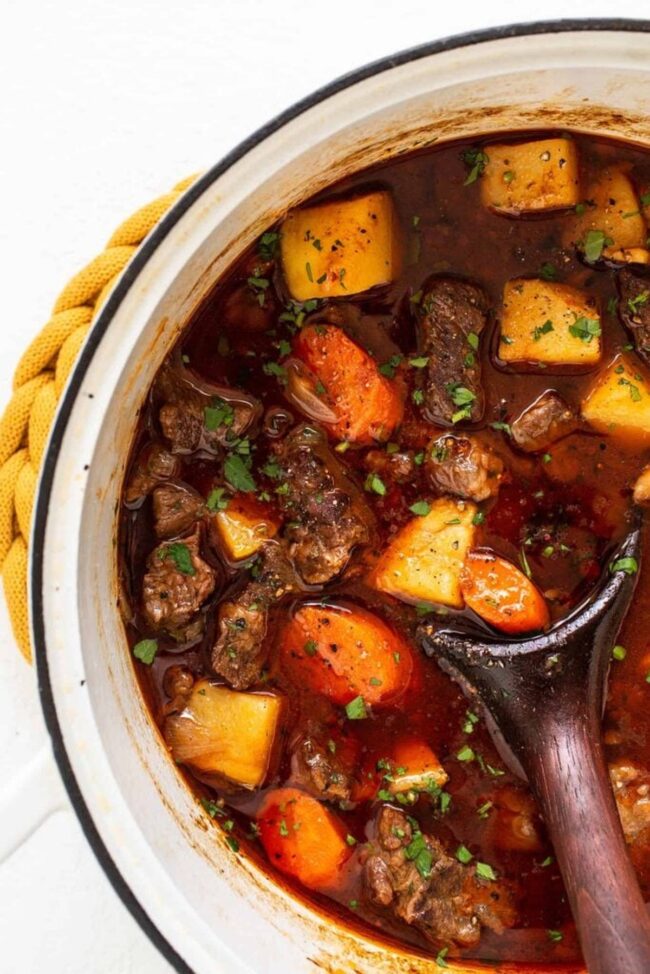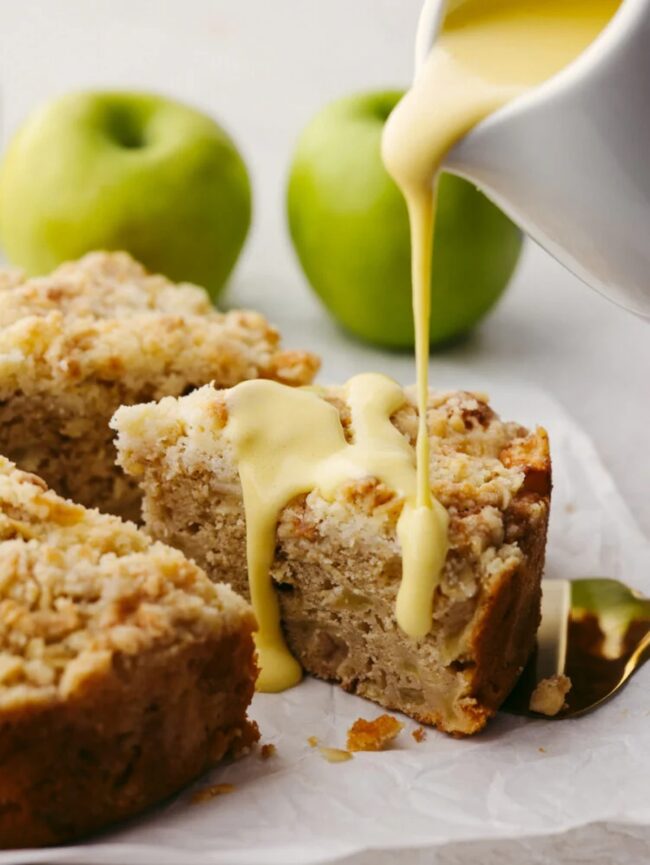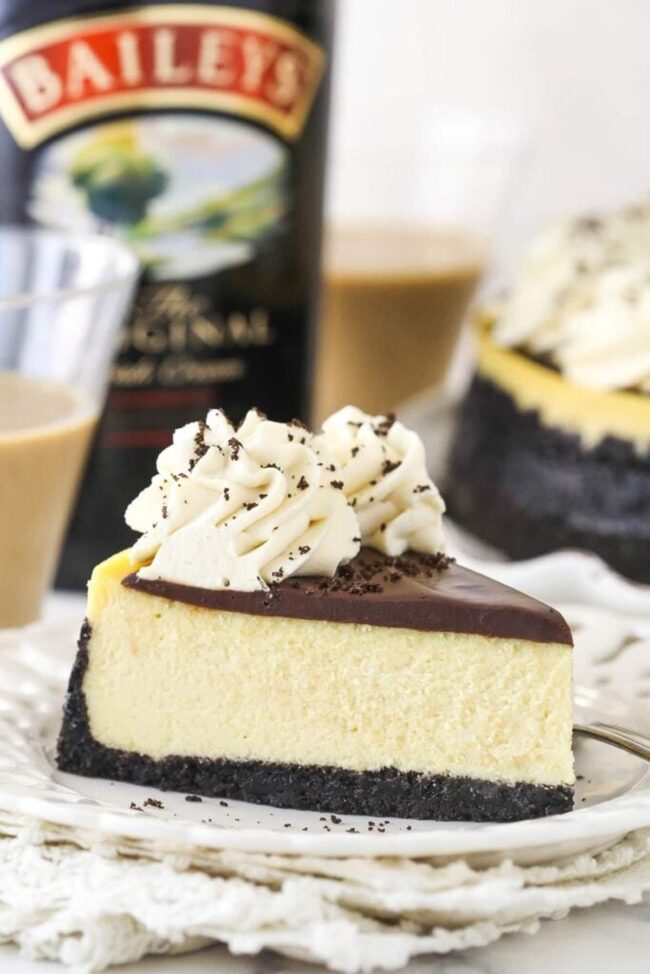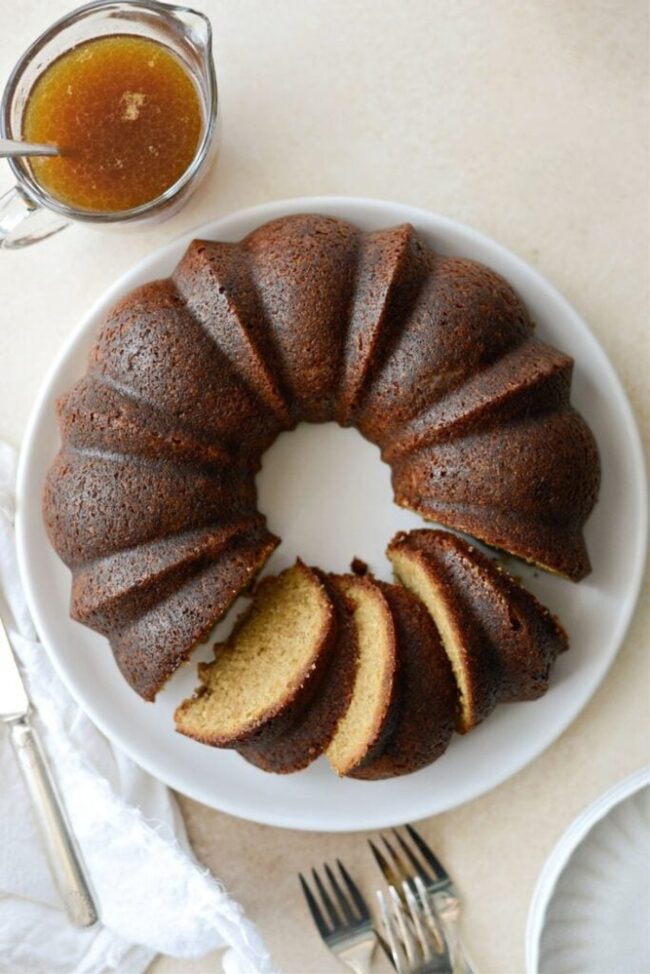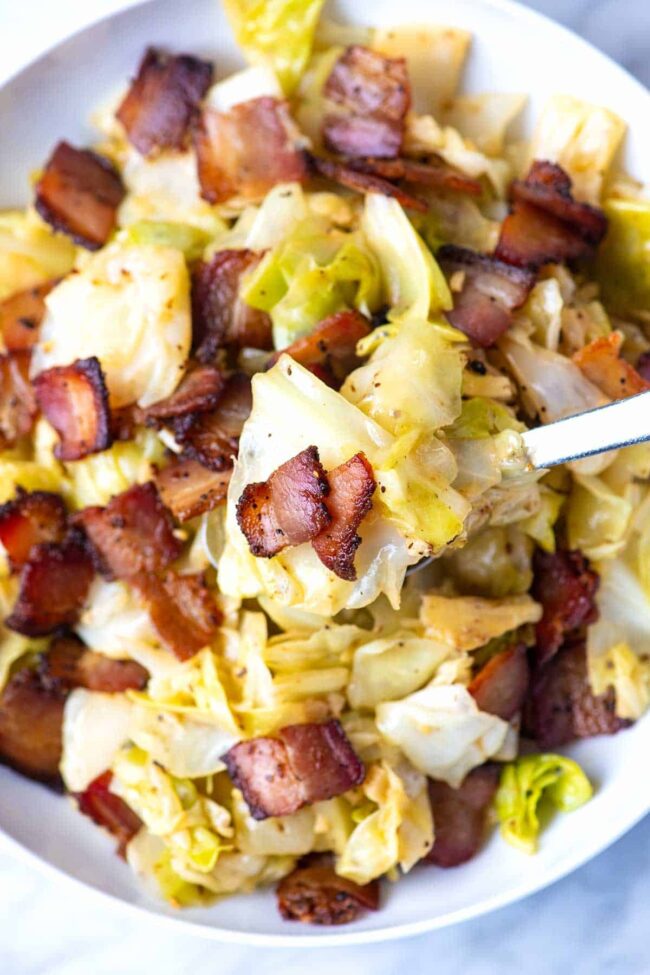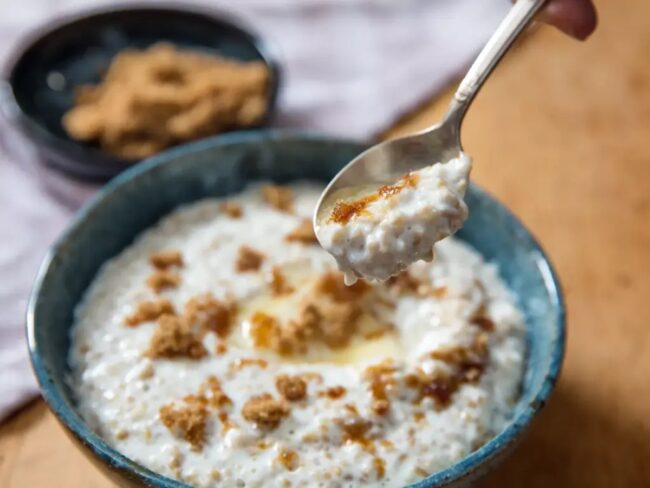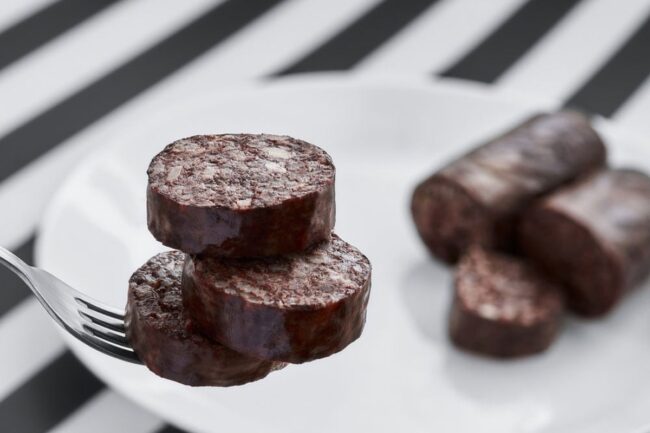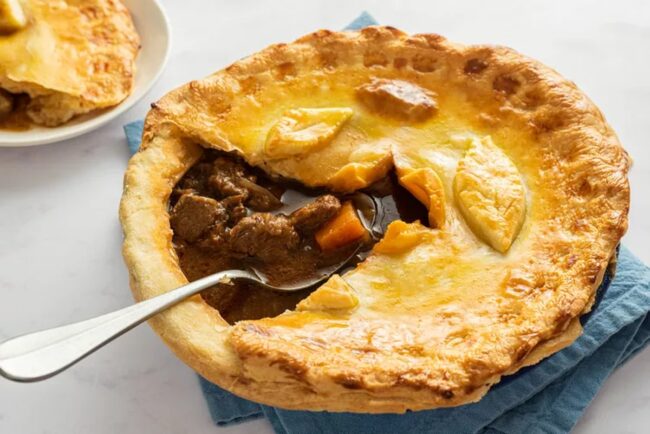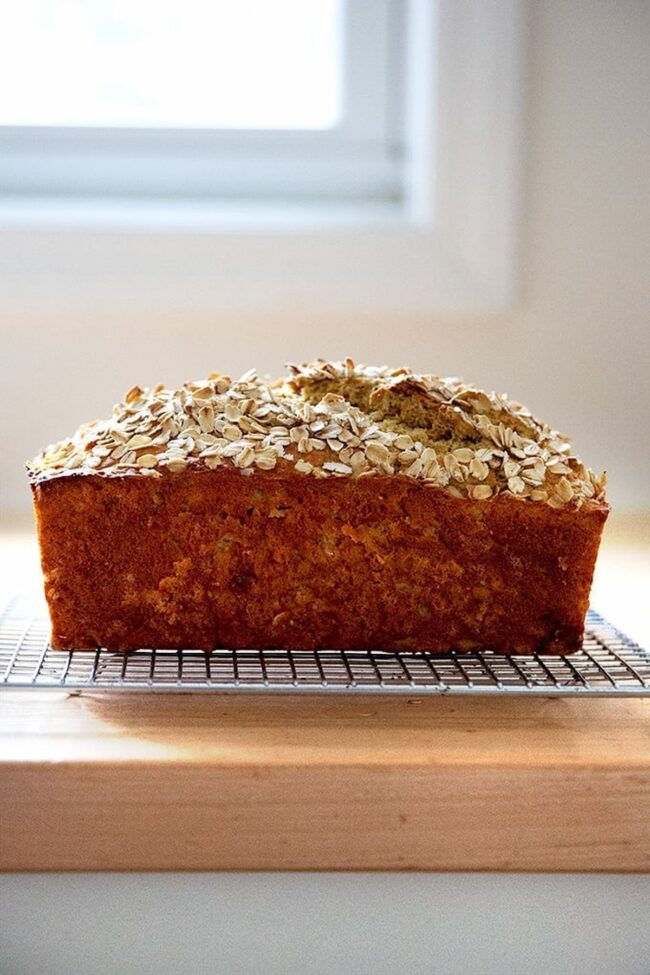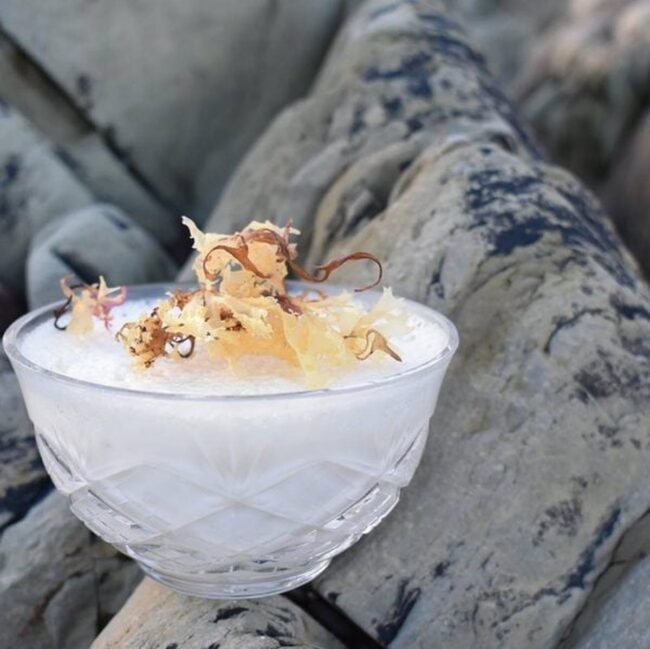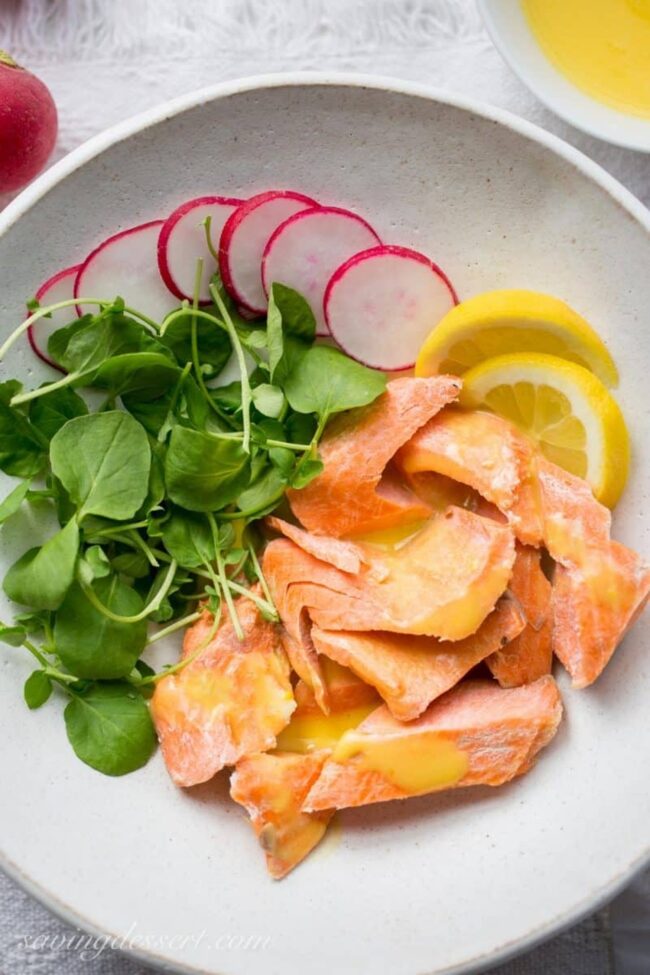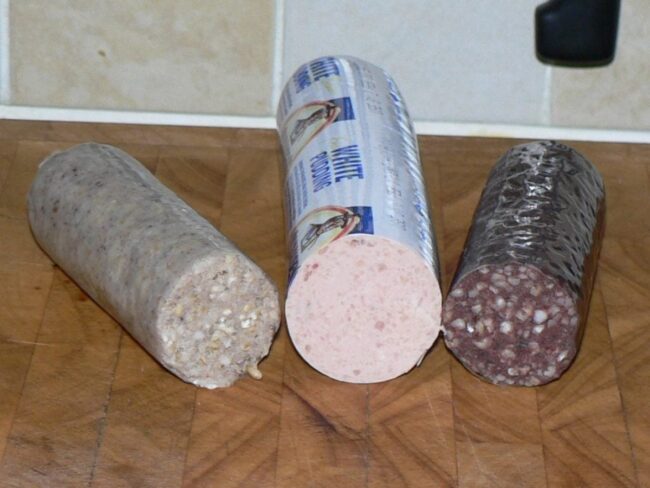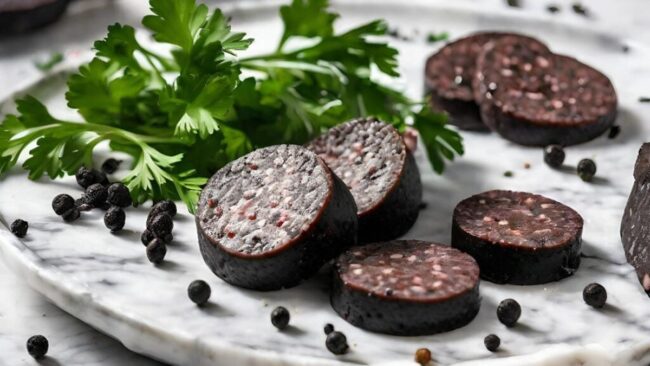30 Flavorful Traditional Irish Recipes for Home
Traditional Irish recipes bring hearty, comforting flavors to your table.
Rich stews, tender meats, and buttery breads reflect Ireland’s culinary roots.
These dishes highlight simple, wholesome ingredients cooked with care.
Each recipe connects to the heart of Irish culture and tradition.
Traditional Irish Dishes That Feel Like Home
Irish recipes feature hearty ingredients like potatoes, beef, and rich gravies. Soups, stews, and breads celebrate the country’s culinary roots:
Irish Stew
Irish stew offers a hearty blend of flavors that warms the soul.
Tender chunks of lamb or beef simmer with potatoes, carrots, and onions in a rich broth.
The simplicity of this dish highlights fresh ingredients and traditional techniques passed down through generations.
Each bowl tells a story of comfort and community, perfect for gatherings or quiet nights at home.
Savoring Irish stew invites you to appreciate the depth of its roots while enjoying every bite with loved ones around the table.
Boxty
A traditional Irish dish, boxty features delicious potato pancakes.
This recipe combines mashed and grated potatoes to create a special texture.
Simple ingredients like flour and buttermilk mix together with the potatoes to form a batter.
After shaping the mixture into patties, frying them until they turn golden brown creates an appealing finish.
Boxty serves well as either a side or main dish; toppings such as eggs, bacon, or smoked salmon enhance its flavor for any meal of the day.
Many regions in Ireland enjoy this versatile food; trying it offers an authentic taste of Irish culture!
Colcannon
A warm plate of colcannon showcases the heartiness of Irish cuisine.
Creamy mashed potatoes blend beautifully with sautéed cabbage or kale, creating a dish that complements many meals.
The preparation starts with boiling peeled potatoes until they are tender.
Shredded greens simmer in butter until soft, adding depth to this comforting side.
For added flavor, spring onions or leeks can be included, along with crispy bacon bits for those who enjoy a meaty touch.
Serving colcannon hot allows the butter on top to melt into a rich finish that enhances every bite.
Soda Bread
A warm slice of soda bread pairs wonderfully with hearty stews or a pat of butter.
This traditional Irish bread requires only flour, baking soda, salt, and buttermilk for its preparation.
Mixing the dry ingredients in a bowl starts the process; adding buttermilk creates a dough that is easy to work with.
Shaping the dough into a round loaf and scoring it with a knife ensures even cooking while also serving as protection against evil spirits.
After baking until golden brown, this quick bread reveals an inviting crusty outside and soft inside that many find irresistible.
Soda bread holds an important place in Irish cuisine, cherished by many for its simplicity and flavor.
Shepherds Pie
A warm meal during cold days often comes from Shepherd’s Pie, a cherished dish from Ireland.
Ground lamb combines beautifully with vegetables in a thick gravy, all covered by creamy mashed potatoes.
Cooking begins with browning ground lamb along with onions, carrots, and peas before adding flour and beef stock for richness.
Seasoning the mixture with rosemary and thyme enhances the taste further.
After layering the meat mix in a baking dish topped generously with mashed potatoes, bake until achieving a golden brown finish on top.
Variations abound; swapping beef for lamb or adding different vegetables can personalize this comforting classic even more while serving it hot alongside crusty bread adds to its appeal.
Champ
Champ is a creamy potato dish that hails from Ireland, especially loved in Northern Ireland.
This side dish pairs wonderfully with various meals and offers a comforting addition to any table.
Warm milk and butter mix with mashed potatoes, while chopped green onions add a subtle onion flavor.
A well filled with melted butter makes for an inviting presentation when served hot.
For added richness, many enjoy it topped with a fried egg or seasoned simply with salt and pepper.
Choosing champ instead of regular mashed potatoes brings an exciting twist to your dining experience at your next meal.
Barmbrack
During Halloween, barmbrack becomes a beloved treat.
This traditional Irish sweet bread is filled with dried fruits and offers a delightful taste.
Soaking raisins and other dried fruits in tea overnight enhances the bread's moistness and flavor.
The dough comes together by mixing flour, spices, and yeast before folding in the soaked fruit.
After allowing it to rise until doubled in size, baking occurs at 350°F for about an hour until it turns golden brown with a soft texture inside.
Slices of barmbrack pair wonderfully with butter for breakfast or afternoon tea; toasting adds an enjoyable crunch as well.
Irish Lamb Shanks
Rich and savory, Irish lamb shanks create a wonderful meal on chilly nights.
After slow cooking, the meat becomes so tender that it easily separates from the bone.
Start by browning the lamb shanks in a pot to develop flavor.
Adding root vegetables like carrots and potatoes enhances both taste and texture.
Pouring in Guinness stout or red wine deepens the overall richness of this dish as it simmers for hours, allowing flavors to meld beautifully into a thick gravy.
Pair these succulent shanks with creamy mashed potatoes or hearty bread to savor every bit of that luscious sauce while enjoying an authentic taste of Ireland's culinary tradition.
Dublin Coddle
A warm, filling meal awaits with Dublin Coddle.
This hearty Irish stew features sausages, bacon, potatoes, and onions.
First comes the cooking of bacon and sausages to develop rich flavors.
Next, layers of potatoes and onions fill the pot before adding the meats on top.
Broth or beer enhances this dish's depth as it simmers slowly in either an oven or on a stovetop.
Crusty bread pairs wonderfully with it for soaking up every bit of that delicious sauce.
Irish Coffee
Warmth fills the soul with a classic cocktail known as Irish coffee.
A glass mug showcases its beautiful layers, inviting you to savor every sip.
Freshly brewed coffee provides a rich base, while brown sugar adds just the right amount of sweetness.
Pour in Irish whiskey; Jameson often takes center stage for its smooth taste.
Lightly whipped cream floats on top, creating a stunning contrast without mixing it in.
Enjoy sipping through that cool cream and experience the delightful blend of hot and cold flavors on chilly evenings.
Irish Farmhouse Vegetables
Traditional Irish cuisine heavily relies on farmhouse vegetables, showcasing their importance in everyday meals.
Rich and hearty flavors define dishes like colcannon, which mixes creamy mashed potatoes with cabbage or kale.
Butter and milk enhance the taste, while bacon adds a savory touch that many enjoy.
Another favorite is vegetable soup made by cooking onions, carrots, celery, and leeks in butter before combining them with potatoes and vegetable stock for a warm meal.
These recipes highlight the satisfying quality of Irish cooking while utilizing fresh produce from local farms.
The simplicity of ingredients makes these dishes beloved staples throughout Ireland's kitchens.
Irish Butter
A taste of Ireland shines through in Irish butter, known for its creamy richness and beautiful golden hue.
Made from the milk of cows that graze on lush green pastures, this butter offers a delightful texture due to its higher fat content compared to regular varieties.
Many traditional recipes benefit from its flavor, enhancing baked goods such as scones and soda bread.
Spread it on toast or drizzle it over steamed vegetables for an extra touch of indulgence.
Brands like Kerrygold make this special ingredient accessible in stores.
Swapping out regular butter for Irish butter elevates any dish with authentic taste and quality.
Seafood Chowder
A comforting meal awaits with a bowl of seafood chowder, a cherished dish in Ireland that captures coastal flavors.
This hearty soup features fresh seafood and vegetables combined in a creamy broth.
Start by sautéing diced carrots, celery, and onions in butter for a rich base.
Garlic enhances the taste before white wine and fish stock are added to create depth.
Tender potatoes join the mix as cream thickens the soup alongside a butter-flour blend.
Choose your favorite seafood like fish or prawns to complete this warming delight, served best with crusty bread on chilly days.
Spotted Dog
The warm aroma of Spotted Dog fills the kitchen as it bakes.
This Irish sweet bread features delightful spots from raisins or currants, which give it a unique appearance and flavor.
Ingredients include flour, baking soda, salt, sugar, butter, buttermilk, and a beaten egg.
A round loaf forms easily after mixing everything into a soft dough; cutting a cross on top before placing it in the oven adds to its charm.
Once baked to golden perfection and sounding hollow when tapped on the bottom, this bread pairs beautifully with butter for breakfast or during tea time.
Enjoying each slice offers a taste of tradition that warms hearts and homes.
Potato Farls
Warm potato farls belong to the heart of Irish breakfast traditions.
These savory cakes feature a crispy outside and a tender inside that make them hard to resist.
Preparation involves mixing mashed potatoes with flour, butter, and salt.
After lightly kneading the dough on a floured surface, rolling it into a circle and cutting it into quarters is next.
Cooking occurs in a hot skillet with butter for about five minutes on each side until they reach golden brown perfection.
Serve these delicious farls alongside eggs or enjoy them as an everyday side dish at any meal.
Coddle
A golden, crispy crust forms on top when brushing the potatoes with bacon fat and broiling them briefly.
After simmering for about 2 hours in the oven, flavors blend beautifully while potatoes become tender.
The dish features a mix of sausages, bacon, onions, and cubed potatoes for a hearty experience.
Cooking begins with crispy bacon followed by adding sliced sausages and onions into the pot.
Pour in chicken broth or beer to enhance richness before layering in those delicious cubed potatoes.
Coddle serves as an Irish favorite that warms up chilly evenings perfectly.
Galway Oysters
These oysters come from the west coast of Ireland and are highly valued for their distinct taste.
Clean Atlantic waters shape their unique flavor, making them a favorite among seafood lovers.
Grilling them with herb butter offers a delightful cooked alternative, while enjoying them raw with lemon or hot sauce adds a refreshing twist.
The Galway International Oyster Festival in September brings together music and drinks, creating an enjoyable atmosphere to sample these delicious mollusks.
Crisp white wines or stout complement Galway oysters perfectly, enhancing the overall experience at any gathering.
When preparing these delicacies at home, shucking must be done carefully to prevent shell fragments from spoiling your meal.
Guinness Beef Stew
A thick and savory stew warms the soul, especially on cold days.
Tender beef pairs wonderfully with the deep flavor of Guinness stout, creating a comforting meal that satisfies.
Ingredients include beef, vegetables like onions and carrots, along with a splash of Guinness for richness.
After browning the meat in a pot, add in garlic and celery before pouring in both Guinness and beef stock for an aromatic base.
Simmering this mixture for about two hours ensures that everything melds beautifully together.
Crusty bread complements it well by soaking up all the delicious gravy left behind.
Apple Cake
Traditional Irish apple cake holds a special place in many hearts.
This dessert shines at breakfast or as a sweet ending to dinner.
Tart apples, such as Granny Smiths, lend a fresh taste that brightens the flavor profile.
Basic pantry items are all that’s needed for preparation, and some variations feature an added crunchy streusel topping.
Serving the cake with warm custard sauce enhances its charm and creates an irresistible combination of moist cake and juicy apples paired with creamy goodness.
Its dense texture resembles coffee cake, offering comfort in every bite.
Baileys Cheesecake
Bailey’s Cheesecake features a smooth combination of Irish cream liqueur and classic cheesecake.
A crust forms the base using crushed cookies mixed with melted butter, pressed firmly into a springform pan.
Cream cheese gets whipped until silky, then blended with sugar and Bailey’s Irish Cream before gently folding in whipped cream for extra lightness.
After pouring this mixture over the crust, chilling it for several hours or overnight enhances its flavors.
For added elegance, drizzling chocolate ganache on top adds a rich touch; simply melt chocolate with cream to create this luscious topping.
This dessert shines especially during St.
Patrick's Day celebrations or whenever an indulgent treat is desired.
Irish Whiskey Cake
A whiskey-infused buttercream frosting adds an indulgent touch to the cake.
After baking, brushing more whiskey on top enhances the flavor.
Key ingredients include cake mix, instant pudding, eggs, oil, water, and Irish whiskey; optional additions like raisins or nuts provide extra texture.
Preheat the oven to 325°F (165°C) and prepare a bundt pan before mixing everything together.
Pouring in that signature whiskey elevates this moist treat for special occasions or holiday gatherings.
The combination of rich flavors creates a delightful dessert that everyone will enjoy.
Bacon and Cabbage
Irish cuisine features bacon and cabbage, a dish that many people cherish for its simplicity.
Basic ingredients include bacon, cabbage, and common seasonings.
Begin by boiling the bacon in a large pot for about an hour until it becomes tender.
While the meat cooks, chop cabbage into bite-sized pieces to prepare it for cooking.
After removing the bacon from the pot, cook the chopped cabbage in that flavorful water until just tender.
Sliced bacon served over drained cabbage creates a hearty meal often enjoyed with boiled potatoes and parsley sauce on cold evenings.
Irish Oatmeal
Baked Irish oatmeal offers a delicious twist to the traditional dish.
Combine steel-cut oats with milk and your choice of toppings, then bake until it turns golden and bubbly.
This hearty breakfast uses steel-cut oats, which provide a satisfying texture.
A slow cooking process on the stovetop helps achieve that rich creaminess; stirring often is key for best results.
Adding butter, brown sugar, or cream enhances flavor significantly.
Including nuts, fruits, or spices like cinnamon personalizes each serving beautifully.
Drisheen
A visit to Ireland offers a chance to taste drisheen, a traditional Irish blood pudding beloved in Cork.
This dish features sheep’s blood combined with spices, creating a flavor that stands out in any meal.
Cooking it requires about an hour and can serve four people as part of an authentic Irish spread.
Known for its distinct texture, drisheen often appears alongside tripe or as a side dish in larger meals.
With deep roots in Irish cuisine, this unique offering has been enjoyed for generations.
Adventurous eaters should not miss the opportunity to savor this rich culinary tradition during their travels.
Beef and Guinness Pie
A flaky crust envelops a savory filling in Beef and Guinness Pie, an Irish favorite.
Tender beef simmers with onions, carrots, and herbs in rich Guinness stout until it becomes incredibly soft.
After preparing the stew, pouring it into a pie dish comes next.
Puff pastry tops the mixture before baking until golden brown brings out its beautiful color.
This dish pairs wonderfully with mashed potatoes or crusty bread for a satisfying meal on chilly evenings or during special gatherings.
The flavor of Guinness adds depth without overpowering the other ingredients.
Irish Brown Bread
A round loaf of Irish brown bread makes a wonderful addition to any meal.
This hearty bread is a key part of traditional Irish cooking.
Mixing whole wheat flour, white flour, and oats starts the process.
Next, add salt, baking soda, and brown sugar before creating a well in the center for wet ingredients.
Pouring in buttermilk, molasses, and melted butter brings everything together into a sticky dough that shapes easily on your baking sheet.
After an initial high-temperature bake for 15 minutes followed by lower heat until done ensures it’s ready when tapping the bottom gives off a hollow sound.
Carrageen Moss Pudding
A light and refreshing pudding awaits those who try carrageen moss dessert, a traditional treat from Ireland.
This unique dish highlights the country's rich relationship with the sea, using dried seaweed as its main ingredient.
Preparation involves soaking carrageen moss in water before simmering it with milk and vanilla.
After straining the mixture and sweetening it to taste, this creamy delight sets as it cools into a smooth texture.
Serving chilled in individual bowls enhances its appeal; topping with Irish coffee sauce and whipped cream adds an extra burst of flavor.
Perfectly suited for concluding any Irish meal, this dessert leaves a satisfying impression on diners.
Poached Salmon
Rich and creamy Irish butter sauce enhances the poached salmon beautifully.
This sauce, crafted from egg yolks and melted butter, offers a luxurious texture that complements the fish perfectly.
Fresh herbs or lemon wedges make excellent garnishes, adding a pop of color to the plate.
For cooking, gently simmering salmon in water keeps it moist and tender; adding herbs like dill or parsley infuses delightful flavors into the dish.
Using fish stock or white wine instead of plain water elevates this simple yet elegant meal even more.
Boiled potatoes and steamed vegetables create a balanced Irish dining experience alongside poached salmon.
White Pudding
A traditional Irish breakfast often features white pudding, a flavorful sausage.
Made from pork meat, fat, and oatmeal or breadcrumbs, it lacks the blood found in black pudding.
The firm yet slightly crumbly texture adds a unique touch to any meal.
Seasoned with spices like pepper and salt, its mild taste can be enhanced with onions in some recipes.
Serving white pudding grilled or fried makes it even more delicious alongside eggs and toast.
Enjoying this dish offers an authentic experience of Ireland’s culinary heritage.
Black Pudding
Known as blood pudding or black sausage, black pudding has a rich history in Irish cuisine.
This distinctive dish plays an essential role in a traditional Irish breakfast.
Ingredients include pork blood combined with oatmeal, onions, and spices, which are stuffed into casings and cooked to create a dark and flavorful sausage.
Slicing it and frying enhances its taste when served alongside eggs and bacon or paired with apple sauce or mustard.
Some chefs incorporate it into innovative recipes that surprise the palate.
Despite its unique ingredients, many appreciate the bold flavor and texture of this authentic delicacy from Ireland.
Honor Traditional Irish Cuisine
Irish cuisine celebrates hearty, traditional dishes full of history. Time-honored recipes bring warmth and rich flavors to the table.
Cultural Influence on Food
Traditional Irish food brings people together in a warm and inviting way.
Sharing meals like Irish stew or coddle enhances the sense of community and connection among families.
Special occasions highlight the importance of these dishes; for instance, corned beef and cabbage often grace tables on St.
Patrick’s Day, while spiced beef or Christmas pudding is common during the holiday season.
Known for hearty fare, Irish pubs serve delicious options such as fish and chips or shepherd’s pie that attract both locals and tourists alike.
The joy of gathering around a meal can be felt in every bite shared with loved ones.
Historical Culinary Roots
Irish cuisine reflects a rich history shaped by many influences.
The Vikings introduced new cooking techniques, while British rule altered food traditions over time.
In the 1600s, potatoes emerged as a key food source due to their ease of growth and nutritional value.
This led to popular dishes such as colcannon and boxty that showcased the humble potato.
The Great Famine in the 1840s drastically changed eating habits, shifting attention toward dairy products and meats after years of hardship.
Traditional meals often highlight simple ingredients that connect people with their heritage.
Irish Recipe Key Ingredients
Irish cooking uses simple, fresh ingredients with deep flavors. Staples like potatoes, meats, and dairy create classic dishes.
Most Used Spices
Irish cuisine features a variety of herbs and spices that enhance its flavors.
Parsley brightens dishes such as colcannon and shepherd’s pie.
Thyme adds depth to stews and roasted meats, while sage complements pork and poultry beautifully.
Salt and black pepper serve as essential seasonings in many meals.
Garlic has gained popularity in contemporary recipes, despite not being traditional.
Bay leaves lend their aromatic touch to soups, with caraway seeds making appearances particularly in soda bread.
Pantry Staples
Irish cooking relies heavily on potatoes, a versatile ingredient that can be mashed, boiled, or roasted.
Common meats such as beef and lamb are often featured in traditional recipes.
Coastal dishes showcase fish like salmon and cod, bringing fresh flavors to the table.
Dairy products enrich many meals; butter, milk, and cheese contribute creaminess to various dishes.
Root vegetables such as carrots and turnips add depth to hearty stews while onions and leeks serve as foundational ingredients for countless meals.
Breakfast often includes oats for porridge or baking alongside wheat flour used in beloved soda bread.
Irish Cooking Methods Here
Irish cooking methods focus on slow, hearty techniques. Braising, boiling, and baking bring out the best in simple ingredients.
Slow Cooking
Irish cuisine relies heavily on slow cooking, a technique that transforms tough meats into tender and tasty dishes.
This method shines in stews and casseroles, where ingredients simmer for hours to create deep flavors as they blend together.
Hearty vegetable meals also benefit from this gentle cooking style.
Many home cooks prefer using slow cookers for their convenience; these handy appliances allow meals to cook throughout the day while you're busy elsewhere.
Coming home to a warm meal makes any day feel special.
The low heat effectively breaks down fibers in both meat and vegetables, enhancing the overall taste experience.
Stewing & Simmering
In Irish cooking, stewing and simmering are essential techniques.
These methods suit hearty one-pot meals that can satisfy many diners.
Lower temperatures, compared to boiling, help maintain the tenderness of meats and keep vegetables from becoming mushy.
As ingredients slowly cook in a rich broth, flavors deepen for a more satisfying dish.
Traditional Irish stews often include lamb or beef paired with root vegetables for a comforting experience.
For side dishes like colcannon and champ, slow cooking allows potatoes to blend perfectly with other flavors while achieving the ideal texture.

